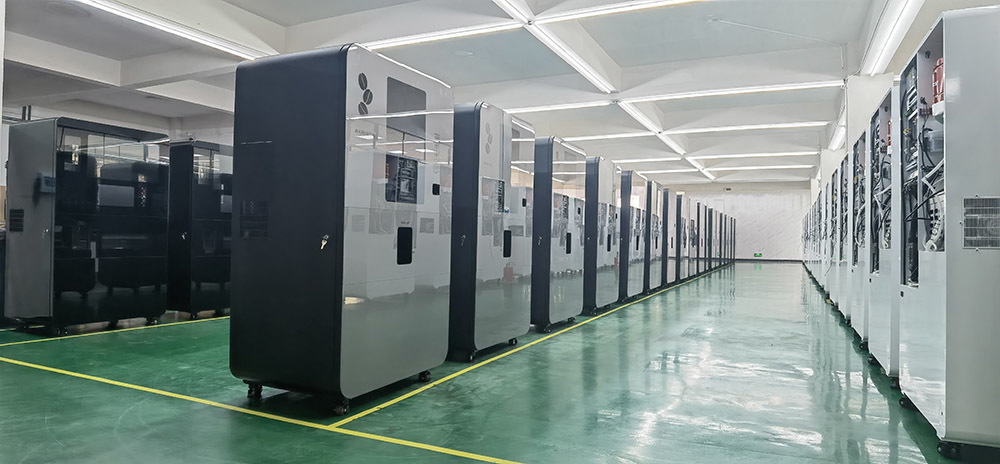Maximize Efficiency with the Best Sandblaster Dust Collector
2025-07-01
Overview
Details
1. Understanding Sandblaster Dust Collectors
A sandblaster dust collector is an essential device designed to capture and filter dust particles generated during sandblasting operations. These systems are crucial for maintaining a clean work environment and ensuring the safety of operators. By effectively removing dust, these collectors improve visibility, reduce health risks, and comply with regulatory standards.
How Sandblaster Dust Collectors Work
Sandblaster dust collectors utilize a combination of fans, filters, and collection systems to capture dust. As air filled with dust is drawn into the collector, particles are trapped by the filters, allowing clean air to be released back into the environment. Advanced systems may use various technologies, such as HEPA filters, to enhance their efficiency.

2. The Importance of Effective Dust Collection
Effective dust collection is critical for several reasons:
- Health and Safety: Breathing in dust can lead to serious respiratory issues. A good dust collector minimizes exposure to harmful particles.
- Operational Efficiency: Reducing dust buildup enhances visibility, enabling operators to work more effectively.
- Equipment Longevity: Dust can damage equipment over time. Keeping the environment clean prolongs the life of your sandblasting equipment.
- Regulatory Compliance: Many industries are subject to strict regulations regarding dust emissions. A reliable dust collector helps ensure compliance.
3. Types of Sandblaster Dust Collectors
There are several types of dust collectors available, each suited for different applications:
3.1 Baghouse Collectors
Baghouse collectors use fabric filters to capture dust. They are highly efficient and can handle large volumes of air. These systems are commonly used in industrial settings.
3.2 Cyclone Collectors
Cyclone collectors utilize centrifugal force to separate dust from the air. They are effective for larger particles and are often used as pre-filters.
3.3 Cartridge Collectors
Cartridge collectors employ pleated filters that maximize surface area, allowing for higher filtration efficiency in a compact design. They are ideal for applications requiring high filtration standards.
4. Key Features to Consider When Choosing a Dust Collector
When selecting a sandblaster dust collector, consider the following features:
4.1 Filtration Efficiency
The filtration efficiency of a dust collector is crucial. Look for models with HEPA filters that can capture particles as small as 0.3 microns.
4.2 Airflow Capacity
Ensure the dust collector can handle the airflow requirements of your sandblasting operation. Higher airflow capacity translates to better dust removal.
4.3 Ease of Maintenance
Choose a model that is easy to access and maintain. Features like automated filter cleaning can save valuable time and effort.
4.4 Noise Levels
Consider the noise levels produced by the dust collector. Quieter models provide a more comfortable working environment.
5. Top Sandblaster Dust Collectors on the Market
Here are some of the leading sandblaster dust collectors that we recommend:
5.1 Graco EcoQuip EQp Dust Collector
The Graco EcoQuip EQp is designed for portable applications and features a state-of-the-art filtration system, ensuring optimal dust collection efficiency. Its compact design allows for easy transport.
5.2 WEG Electric Dust Collector
This model boasts a high airflow capacity and low maintenance requirements. The WEG Electric Dust Collector is ideal for heavy-duty applications and ensures excellent filtration.
5.3 Airdust Dust Collector
The Airdust Dust Collector is known for its low noise levels and compact design. It’s perfect for workshops where space and noise are concerns.
6. Maintenance Tips for Optimal Performance
To ensure your dust collector operates at peak efficiency, follow these maintenance tips:
6.1 Regular Filter Cleaning
Regularly clean or replace filters according to the manufacturer’s guidelines to maintain optimal airflow and filtration efficiency.
6.2 Inspect for Leaks
Check for leaks in the ductwork and collector. Leaks can significantly reduce performance and efficiency.
6.3 Monitor Airflow
Keep an eye on airflow indicators to ensure the dust collector is functioning correctly. A drop in airflow may signal a clogged filter.
7. Real-World Applications of Sandblaster Dust Collectors
Sandblaster dust collectors are versatile and can be utilized across various industries:
7.1 Automotive Repair Shops
In automotive repair, dust collectors keep the workspace clean while prepping surfaces for painting or refinishing.
7.2 Manufacturing Plants
Manufacturing plants benefit from dust collectors by enhancing worker safety and ensuring compliance with health regulations.
7.3 Construction Sites
On construction sites, dust collectors improve air quality while workers sandblast surfaces for renovation or restoration projects.
8. Conclusion
Investing in the best sandblaster dust collector is essential for maximizing efficiency, ensuring safety, and maintaining a clean workspace. By understanding the different types of collectors, their features, and how to maintain them, you can optimize your sandblasting operations and create a safer work environment. Whether you operate in automotive repair, manufacturing, or construction, the right dust collector will enhance productivity and comply with health standards.
Key words:
Related BLOG
Contact Us
Contact:
Gabrielle Zhang
E-Mail:
WhatsApp:
+86-19398142392
Mobile:
Address:
North of Jiaozhou West Road, East of Xuanzhou Road, Jiaozhou City, Qingdao City, Shandong Province, China












